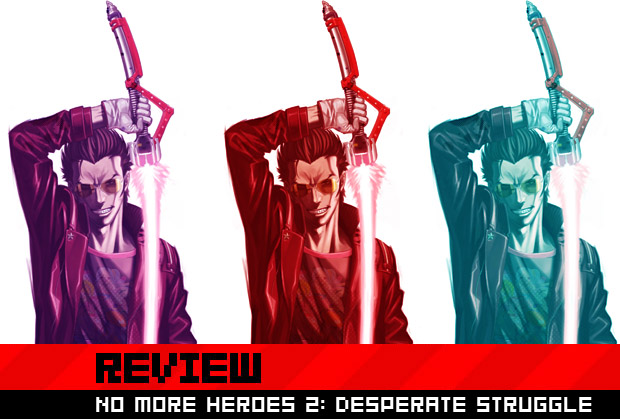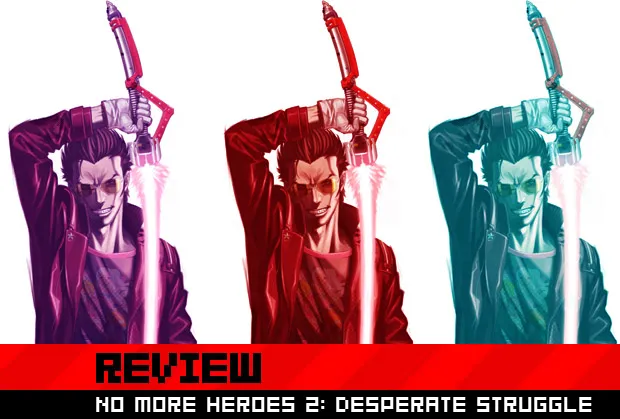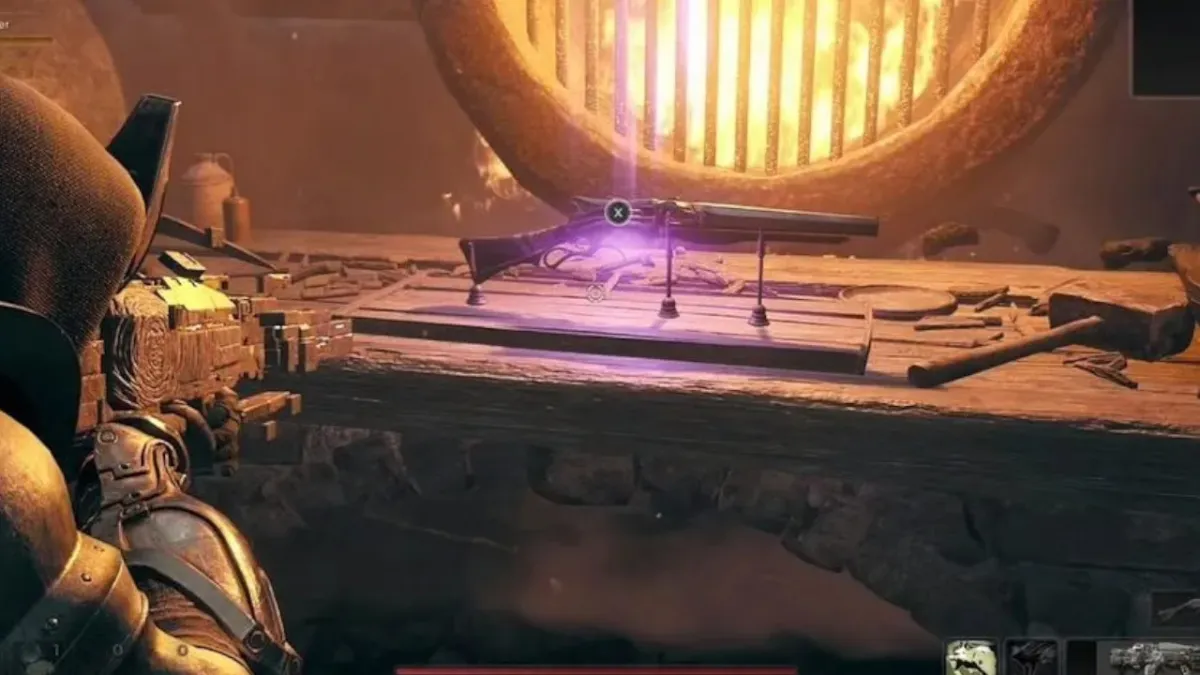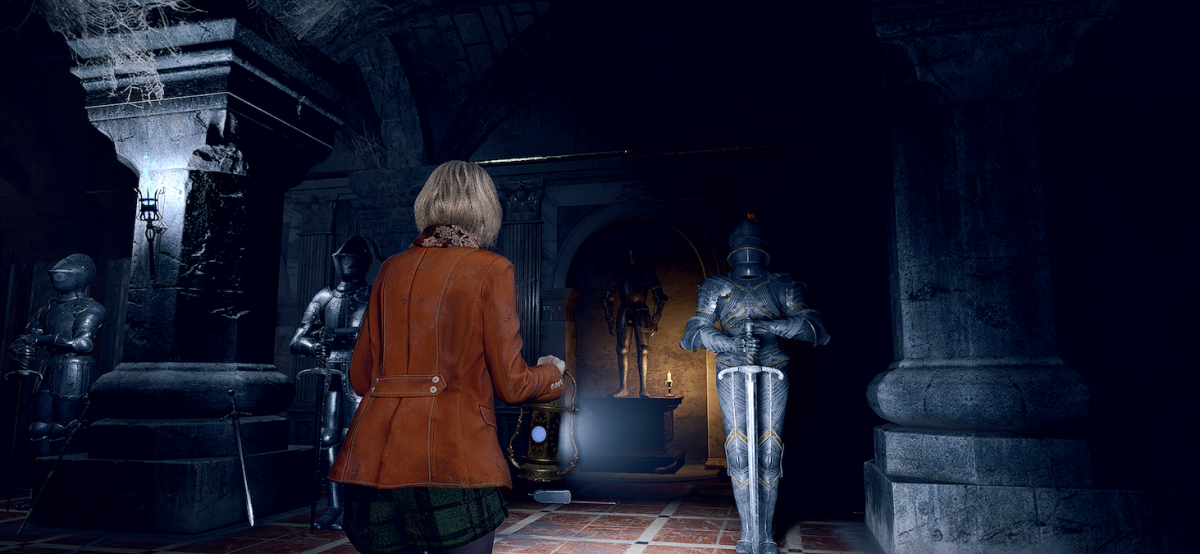At the time of this writing, I have just finished No More Heroes 2: Desperate Struggle after a 16-hour marathon play through, with occasional breaks to nap and go to the bathroom. This is not the best way to go about playing a game for review, but due to equally important Tatsunoko-oriented commitments, it couldn’t be avoided.
So here I am, trying to sum up and explain a game that will probably take months of analysis and multiple play-throughs to fully wrap my head around. Also, I really have to go to the bathroom, which is ironic, because Suda51 (the creator of No More Heroes) sees his games as a sort of psychological bowel movement. All the information he takes in — movies, videogames, anime, relationships, conversations, everything that makes up his day-to-day life — is chewed up in his mind, and pooped out in the form of No More Heroes.
I’m going to try and take that as inspiration and go to the toilet myself. After that, I’ll be pooping out the best No More Heroes 2 review that I can. Take a look for it after the jump, but beware of possible minor, non-story-related spoilers.

No More Heroes 2: Desperate Struggle (Wii)
Developer: Grasshopper Manufacture
Publisher: Ubisoft
Released: January 26, 2010
MSRP: $49.99
Like its prequel, No More Heroes 2 focuses on Travis Touchdown, the living embodiment of the modern American videogame fan. In the first game, Travis started out as a regular guy. By the end of the story, he had become the #1-ranked assassin in the world, found out that his twin brother was married to the woman he’d been trying to seduce for the entire game, and discovered even creepier stuff about his half-sister Jeane. Speaking of Jeane, Travis also named his cat after her. He pets his cat pretty regularly, and just sort of stares off into space as he does so — not something you see most videogame tough-guys do in their off time.
That’s Travis, though; a man and a boy at the same time, predictable in some ways and completely unpredictable in others. Largely ruled by his instincts, he seems to value getting laid, kicking ass, and pulling off Bruce Campbell-quality one-liners more than anything else. You’ll have him pegged as a douchebag alpha male one second, and then the next you’ll see him do something humane, or even downright sensitive. He’s also videogame character who’s somewhat aware that he is a videogame character, and isn’t always happy about it. He actually quit being an assassin (and in doing so, being a gamer) after the first game, but Sylvia (the game’s mysterious narrator and head of the United Assassins Association, a metaphor for the game’s developers themselves) has sucked him back into the game, almost literally.

Sexual innuendo and stylish violence are as unapologetic as they are constant in the No More Heroes world. The game vacillates between moments of horrific gore, ridiculous displays of sexuality, sudden surrealism, absurdist humor, cultural references, and sincerely beautiful words and pictures. You’ll see a man rip off his own head one minute, and another frozen in carbonite the next. Later you’ll see Travis’ pet cat Jeane use her paws to kick the crap out of a fishing lure (with kung fu movie sound effects to match). Then, seconds later in a combat mission, you might see Travis himself turn into a giant cat and maul some strangers with his paws. These events are all interspersed between cut-aways to a lovely, mysterious sex worker who sits opposite the player on the wrong side of a one-way mirror. She describes the game’s events to you from time to time, and always in the past tense. Why? You may never know.
No More Heroes 2 differs a little from the original in terms of overall tone. I’d say this game is brighter and more palatable on the whole, even with blood splattering everywhere as Travis splits his enemies in two. Part of that comes from the fact that the graphics, music, and writing are just better this time around, but that’s not all. It also has to do with Travis, and how he’s changed. If the first No More Heroes was Travis proving to himself that he was worth something while severing connections to his previous ideals, this game is about him learning who he is now and who he’s connected to. Once a loner, he ends up with at least three people over at his bachelor pad over the course of the game, and two of them even land a spot in his bed. His world isn’t as bleak and lonely as it once was. It’s actually a pretty awesome place now.

Part of that comes from how the game plays. Gone is the quiet, uneventful overworld of the first game. It’s been replaced by an equally real-feeling, instantly gratifying system that more or less amounts to a giant map. When I first heard about this idea, I hated it. I actually enjoyed the open world of the first game, despite all its faults. That said, I don’t miss it at all now that I’ve played No More Heroes without it. Seeing the camera zoom out from your current location, and then into the location you’ve just moved to, is in itself fun. In fact, almost every little thing about this game is fun. The side-game jobs and workouts (for you and your cat) are fun (with one exception). The cut-scenes, though occasionally a little frame-y, are constantly fun. Perhaps most importantly, combat missions — which make up roughly half of the game’s content — are also always fun, even more so than they were in the first game.
Everything about the combat in the first game has been expanded upon. For starters, you can now play with the Classic Controller, which will please fans of more traditional beat-’em-up gameplay. There are also ten different types of regular enemies now, and their AI is greatly improved. In terms of the combat system itself, all the ideas from the previous game, like the side-step maneuver, the high/low attacks, the wrestling moves, charge attacks, combos, and more, are back in the sequel. A big change is that there are now four distinctly different forms of weaponry for Travis to wield: a regular beam katana (whatever that is); the faster, more powerful katana that Travis obtains at the end of the first game; a new katana that grows in length and power the more aroused Travis gets; and a set of dual katanas that are amazing for huge, high-speed combos.

Speaking of arousal, Travis’s level of metaphorical horniness plays an even bigger role this time around. Like in the first game, Travis’s sword is a thinly veiled symbol of his “manhood” (that means his cock, by the way), and when it starts to get weak, you’ll need to wank the Wii Remote a bit to get it going again. On top of that, the game now keeps track of how many hits you’ve taken and how many you’ve dealt out. Kick a lot of ass without taking a hit (or pick up an erotic magazine), and your arousal (symbolized by a little low-res pixel tiger in the left hand corner of the screen) will start to walk across the screen and turn red. The redder he gets, the more powerful one of your beam katanas gets. A red, fire-breathing tiger will give you a random chance to enter “Darkside mode” next time you kill somebody. That’s when Travis may turn into that tiger I told you about, or gain any of four other special time-sensitive powers. You can also store up your arousal and release it into Darkside mode on command by hitting the minus button. It sounds like a little thing, but it actually goes a long way towards making every fight interesting.
So yeah, combat is fun, but that’s nothing special for a videogame, right? Perhaps more impressive is how fun the game is when you’re doing things that aren’t supposed to be fun, like working or exercising. In order to earn money in No More Heroes 2 (which is optional this time around), you’ll have to play old-school videogames, which is sort of a dream come true for most of us. I was skeptical about the game’s “8-bit job missions” when I first heard about them. A lot of developers are trying to cash in on the retro revival that’s going on right now with cheap, uninspired ’80s “tribute” games. Thankfully, that’s not what Grasshopper Manufacture has presented to us here. These old-style side-games are really well done, and would have made for great retail titles back in the days when Clu Clu Land was a moderate hit. They look good, sound even better (both music and sound effects) and almost always feature multiple stages and difficulties. For instance, the space job Star Chores, which plays a bit like Lunar Rover from the C64 days, is endlessly fun.

They also get a lot harder the deeper you get into them. For instance, I still can’t beat the giant scorpions in the Luigi’s Mansion/Pac-Man-inspired Bug Out, but not because the game is unfair. It just requires practice and excellent reflexes, and frankly, I was trying to beat NMH 2 as quickly as I could, so I gave up after five or six tries. Likewise, the game’s exercise systems (also in 8-bit form) can get really tough. There are two types of workouts, one for stamina and one for strength. Each has eight levels of difficulty, and you’ll want to train with them after every boss fight, though you’ll probably have more trouble getting past the last strength exercise than you will any of those bosses. Seriously, the eighth strength exercise is on par with the last level of Bit.Trip BEAT. It’s that tough.
Less stressful is the act of exercising your cat Jeane, who’s gotten super-fat since the first game. I genuinely enjoyed these cat-training segments, and one of my few complaints about No More Heroes 2 is that after Jeane gets into shape, you can’t train her anymore (and you can’t make her fat again, either). I also could have used more of the Bizarre Jelly Five shmup and anime that you can play anytime on Travis’s TV. Suda51 has hinted that he’d like to make a full Bizarre Jelly Five WiiWare game, and I hope he does. I ended up going back to this shmup more than a few times, partially to see if it would unlock anything, and partially just to try and beat my high scores. I probably would have played it more, but after a while, I started to feel guilty, like I had more important stuff to do.

It’s weird to feel guilty about procrastinating in a videogame world by playing a videogame that’s in the videogame, but that’s the sort of deconstructionist trickery that No More Heroes is known for. The game isn’t shy about taking a look at other popular games as well. There are two levels in NMH 2 that Travis accesses through “a dimensional gateway” that takes him to places that look a lot like other videogames. There is a hillside graveyard in one such level that looks exactly like the one from from Resident Evil 4 (a game made by Suda51’s buddy Shinji Mikami). It even features chainsaw-wielding maniacs. I swear, when I first played this level, I was sure I was playing Resident Evil 4 again. I had a visceral reaction to the setting, and to the sound of the chainsaw, like I was sure I was about to die. Is this shameless borrowing, coincidence, or something more?
There’s another level that seems a lot like a Metal Gear Solid title (a series created by another one of Suda51’s buddies, Hideo Kojima). Stealth-style gameplay, searchlights, and a boss that seems like a cross between Psycho Mantis and one of the beauties from Metal Gear Solid 4 all make the cut. To me, these references all play out more like tributes, though there is one more “dimensional gateway” level that I’m not so sure about. I think it may be a reference to GTA, but at the end of the level, you fight a sexy bikini woman named Alice who wields multiple beam katanas, General Grievous-style. She also complains that living a life that’s only about killing and trying to rise to greater heights of power is a trap she can’t get out of. Could that be a critique on the direction the GTA games are going? I’ll be crapped if I know, but it’s fun to try to figure out.

Not all of the game’s bosses are this thought-provoking. All fifteen of them are visually striking, but two or three of them are otherwise pretty forgettable. That’s about the same amount of throwaway bosses as the first game, which had fewer bosses in total, so the overall ratio is better. The thirteen or so boss fights that are memorable are some of my favorite ever. Kimmy Howel is a new legend in my opinion, and I hope to see her in future Grasshopper games. Speaking of which, there are quite a few bosses here who are returning from the first game. Even better, you actually get to play as some of them (sexy teenager Shinobu and Travis’s twin Henry), if only on a limited-time basis. Henry is incredibly fast, so fast that I actually felt like I was playing a game based on The Flash during his level. Shinobu is more the multi-talented type. Unlike Travis and Henry, she can jump and dash and fire projectiles. This makes for a lot of unexpected fun. If there is ever a No More Heroes 3, I wouldn’t mind if Shinobu was the star.
Clearly I could go on about this game forever, and I haven’t even talked about whore/game developer metaphors, the giant robot battles, the Takashi Miike cameo (seriously), all the awesome collectible toys, clothes, and furniture you can get for your room, or the unlockable Boss Rush mode you get for beating the game. Man, the bosses are so much tougher in Boss Rush mode; trying to take them on again was a total rude awakening. I only got killed by the tougher bosses six or seven times each during the main game, but in Boss Rush mode, they’re murdering the fuck out of me. I can only beat one of them with my current skills, and even that was with one hit point left.

I guess that brings me to the “flaws” section of this review. Is it a flaw that some of the bosses were a little easy the first time around if it didn’t detract from the experience, and there is a higher difficulty unlocked after you beat the game that makes them harder, and a kick-ass Boss Rush mode that makes them even harder than that? Is it a flaw to say that, right now, I feel that the ending is a little anti-climactic, although the last boss fight (which may or may not be a parody of/tribute to Batman: Arkham Asylum) is as amazing as they come? Is it lame that Shinobu isn’t he best jumper, or is it just a defining character trait? Is it bad that the last job you unlock, the only one that doesn’t go 8-bit like the rest of them (a scorpion catching game called Stings So Good) is really annoying to play when compared to a previously unlocked, 8-bit work-game (Bug Out) that focuses on the same task? Could this be the developer’s way of saying that “work” based gaming (like Paperboy and Burger Time!) used to be more fun in the old days?
The thing about Suda’s games is that there is always that question — “Is that a mistake, or is it a comment on gaming/society/meaning of life?” It’s an impossible question to answer, and one that invigorates Suda’s fans as much as it infuriates his detractors. That’s the thing about No More Heroes 2 that will probably puzzle people on both sides of that divide the most: the game is really low on anything that could be interpreted as a mistake. It’s extremely well crafted from beginning to end, and rarely (if ever) sacrifices fun for delivering a message. No More Heroes 2 still makes me laugh, scream, think, and violently air-masturbate, even more so after the first play-through. That’s more than I can say for almost any game this generation.
Score: 9.5 — Superb (9s are a hallmark of excellence. There may be flaws, but they are negligible and won’t cause massive damage to what is a supreme title.)





